A delightful whirlwind of vibrant flavors and colors, Jambalaya Chicken is a celebration of the rich culinary traditions of Louisiana. This dish combines succulent chicken with a medley of spices, vegetables, and rice, creating a symphony of taste and texture that is both comforting and exhilarating. With its roots steeped in the cultural tapestry of Creole and Cajun cuisines, this one-pot wonder captures the essence of Southern hospitality and offers a taste of the bayou with every bite.
The Heart of Louisiana Cuisine
Cultural Roots and Evolution
Jambalaya is a dish that tells the story of Louisiana, a state where culinary influences from French, Spanish, African, and Native American cultures intertwine to create a unique gastronomic experience. Originating in the 18th century, Jambalaya was born out of necessity and creativity. It was a way for the settlers to make use of the ingredients they had on hand, drawing inspiration from Spanish paella but adapting it to the local palate and available resources. Over time, Jambalaya evolved into two distinct styles: Creole and Cajun. The Creole version, often referred to as “red Jambalaya,” incorporates tomatoes, giving it a vibrant hue, while the Cajun style, or “brown Jambalaya,” relies on a deep, rich flavor achieved through the careful browning of meats.
The Social Aspect
Jambalaya is more than just a meal; it’s an experience, a social affair that brings people together. In the South, it’s common to find families and friends gathering around a large pot of Jambalaya at festivals, celebrations, or casual get-togethers. Its versatility and ability to feed a crowd make it a favorite for any occasion, from Mardi Gras festivities to a simple Sunday supper. The act of preparing and sharing Jambalaya fosters a sense of community, echoing the warmth and conviviality that is central to Southern culture.
Ingredients: A Symphony of Flavors
The Core Components
At its heart, Jambalaya Chicken is a harmonious blend of ingredients that work in concert to deliver a depth of flavor that is both satisfying and complex. The holy trinity of Cajun cooking—onions, bell peppers, and celery—forms the foundation, providing a fragrant and flavorful base. Chicken, often seasoned with a blend of spices, is the star protein, offering tender, juicy morsels that soak up the surrounding flavors. Long-grain rice acts as the canvas, absorbing the spices and juices, becoming infused with the essence of the dish.
The Spice of Life
Spices are the soul of Jambalaya, and the blend used can make all the difference. Paprika, cayenne, thyme, and bay leaves are often included, each contributing their unique notes to the culinary melody. The heat from cayenne pepper adds a kick, while thyme and bay leaves lend a subtle earthiness. The balance of spices is crucial, allowing each to shine without overpowering the others—a testament to the skill of the cook.
Cooking Techniques
The preparation of Jambalaya Chicken is an exercise in patience and attentiveness. The key is in the layering and timing of ingredients, ensuring that each component is cooked to perfection and melds seamlessly with the others. Browning the chicken first is essential, allowing it to develop a deep, savory flavor. The vegetables are then sautéed, their natural sweetness enhanced by the caramelization process. The rice is added last, simmering gently in a flavorful broth that ties everything together. This methodical approach is what elevates Jambalaya from a simple rice dish to a culinary masterpiece.
A Personal Connection
Jambalaya Chicken holds a special place in my heart, reminiscent of my travels through Louisiana and the spirited conversations shared over steaming bowls of this delectable dish. The aroma of Jambalaya simmering on the stove transports me back to bustling New Orleans streets and the lively music that fills the air. It’s a dish that invites experimentation, allowing for personal touches and variations, yet its essence remains unchanged—a comforting embrace that warms both body and soul.
Preparing Jambalaya Chicken is a joyous endeavor, a chance to connect with the rich cultural heritage of Louisiana while indulging in a meal that is as satisfying as it is flavorful. Whether you’re a seasoned cook or a novice in the kitchen, Jambalaya invites you to embark on a culinary journey that promises not only a delicious payoff but also a deeper appreciation for the art of cooking. So gather your ingredients, roll up your sleeves, and immerse yourself in the delightful dance of flavors that is Jambalaya Chicken.
Jambalaya Chicken
Ingredients
Main Ingredients
Vegetables
Spices and Seasonings
Liquids
Grains
Instructions
Preparing the Ingredients
-
Gather and Prep Your Ingredients
Begin by gathering all your ingredients. Dice the chicken into bite-sized pieces, chop the onions, bell peppers, and celery, and mince the garlic. Have your spices ready.Prepping everything ahead makes the cooking process smoother and more enjoyable.
Cooking the Jambalaya
-
Sautéing the Aromatics
Heat a large pot over medium heat and add a splash of olive oil. Toss in the onions, bell peppers, and celery, cooking until they're soft and fragrant, about 5-7 minutes.This step is crucial as it builds the flavor base for your dish. -
Adding the Chicken
Stir in the diced chicken and cook until it's browned on all sides. The chicken doesn't need to be fully cooked through at this point.Browning the chicken adds a layer of depth to the overall flavor. -
Incorporating the Garlic and Spices
Add the minced garlic, Cajun seasoning, thyme, and paprika. Stir well to coat everything in the spices and cook for another minute until the garlic is aromatic.Toasting the spices at this stage enhances their flavors. -
Simmering with Liquid
Pour in the chicken broth and diced tomatoes, including their juices. Bring the mixture to a simmer, ensuring everything is well combined.The liquid will help meld all the flavors together, creating a cohesive dish. -
Cooking the Rice
Add the rice to the pot, stir, and lower the heat to a gentle simmer. Cover and cook for about 20-25 minutes, or until the rice is tender and has absorbed most of the liquid.Avoid lifting the lid too often to ensure the rice cooks evenly.
Finishing Touches
-
Final Stir and Seasoning
Once the rice is cooked, give the jambalaya a good stir and taste for seasoning. Adjust with salt, pepper, or more Cajun seasoning if needed.Seasoning is personal, so feel free to tweak it to your liking. -
Serving
Serve hot, garnished with chopped parsley or sliced green onions for a fresh pop of color and flavor.Pair with a side of warm, crusty bread to soak up any extra sauce.
Note
For a richer flavor profile, consider using homemade chicken stock instead of water—it's an easy way to elevate the dish. If you prefer a smokier taste, incorporate smoked paprika or even a dash of liquid smoke. To add a bit of heat, don't hesitate to toss in some cayenne pepper or a few dashes of hot sauce. The Holy Trinity of Cajun cooking (onion, bell pepper, and celery) is essential, but feel free to experiment with the ratios to suit your taste preferences. Andouille sausage is traditional, but if it's unavailable, smoked sausage or chorizo can serve as excellent substitutes. Use fresh tomatoes when they're in season; otherwise, canned tomatoes will do just fine—just make sure they're diced and drained. For a pop of green, stir in some sliced green onions or parsley right before serving. If you want to make the dish ahead, prepare the jambalaya without the rice, then cook and add the rice just before serving to maintain its texture. Lastly, leftovers are even better the next day, as the flavors continue to meld and deepen.
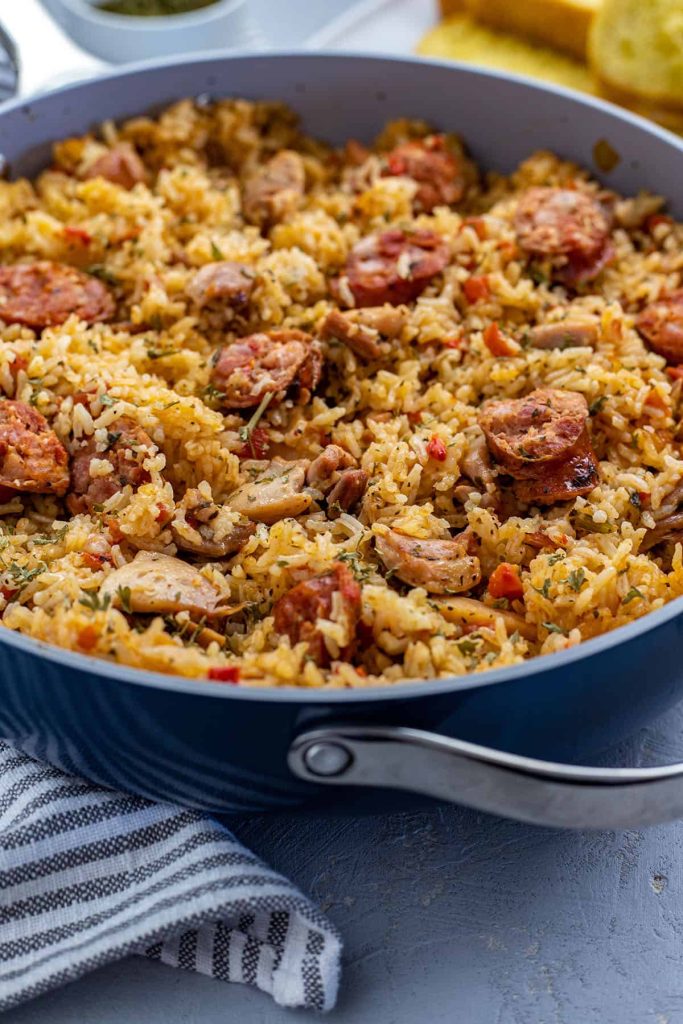

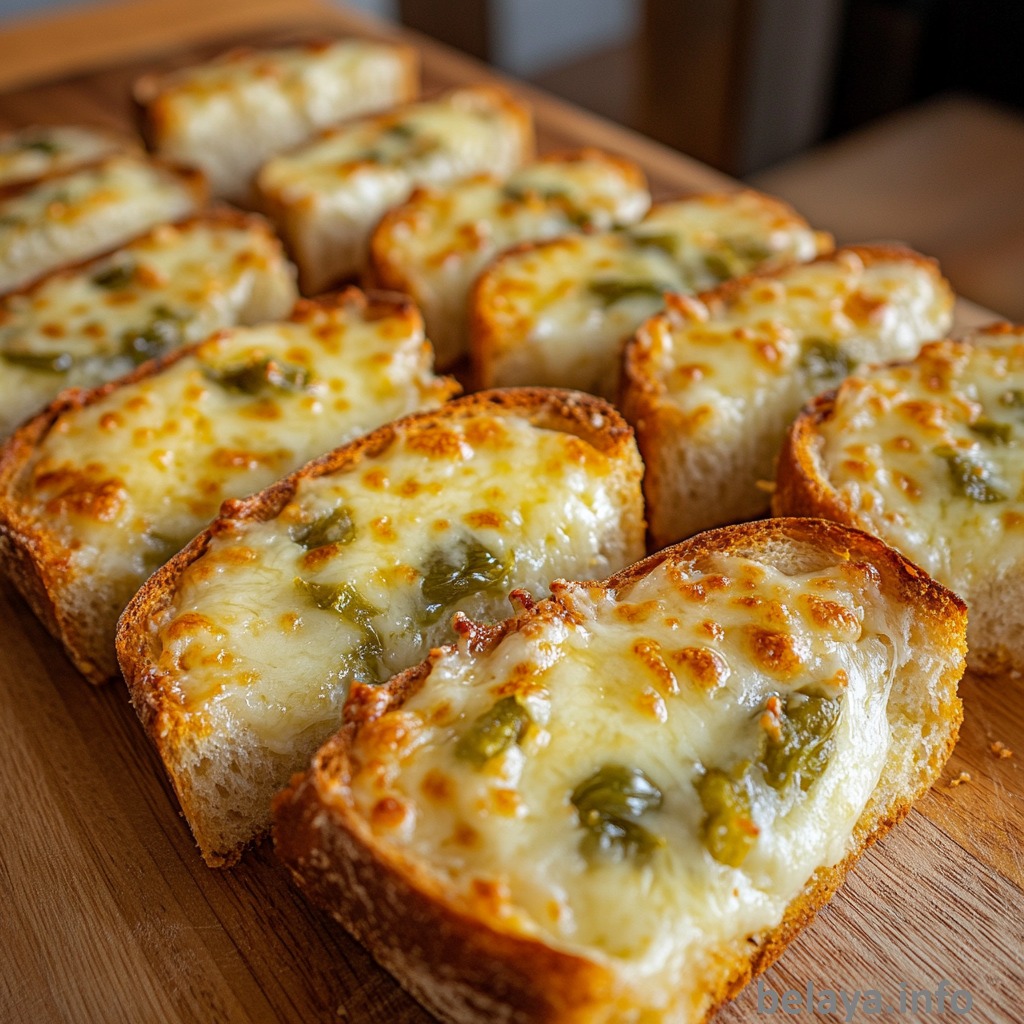
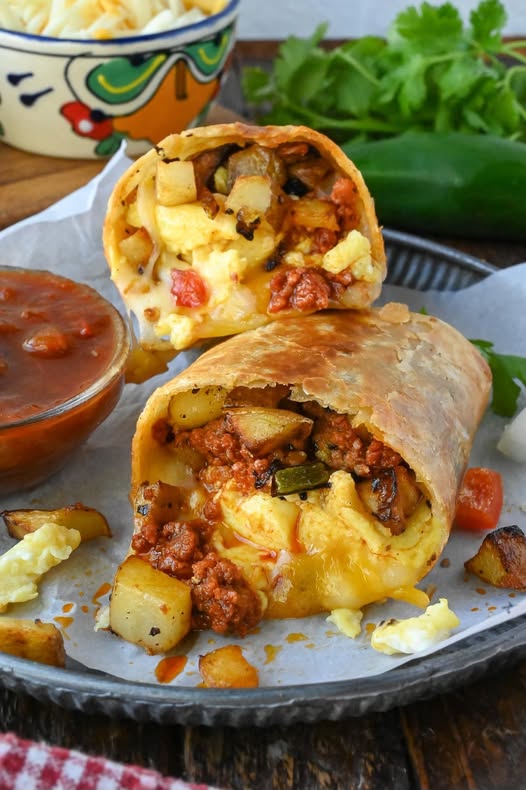
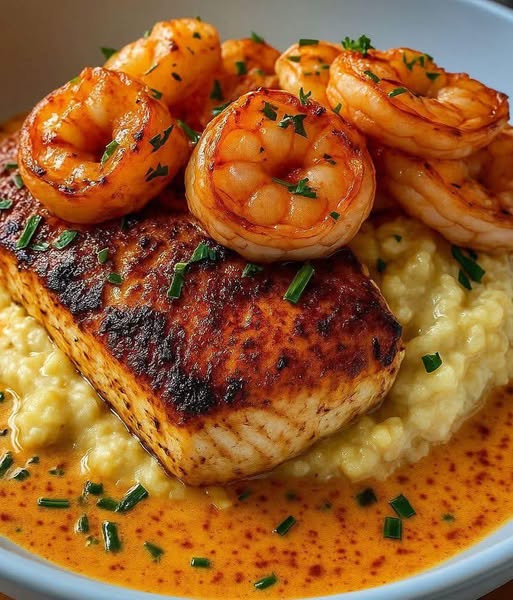
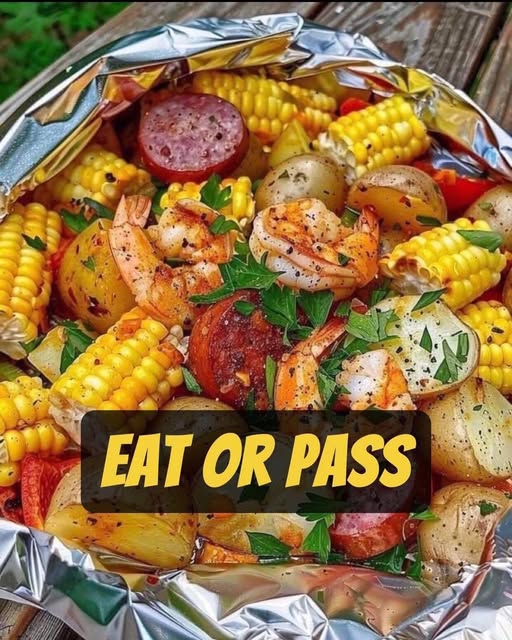
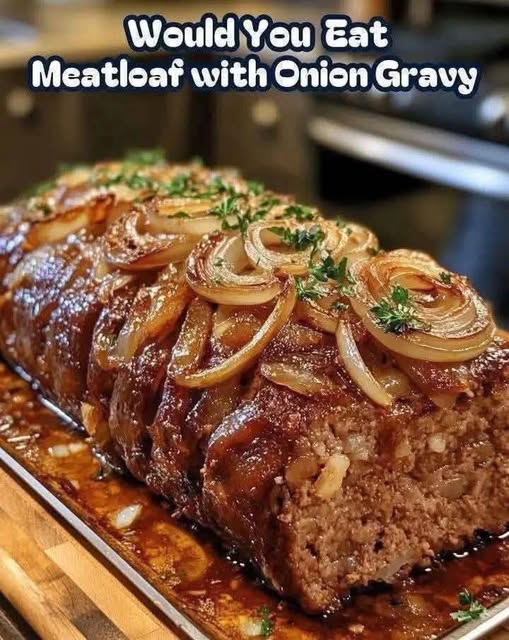
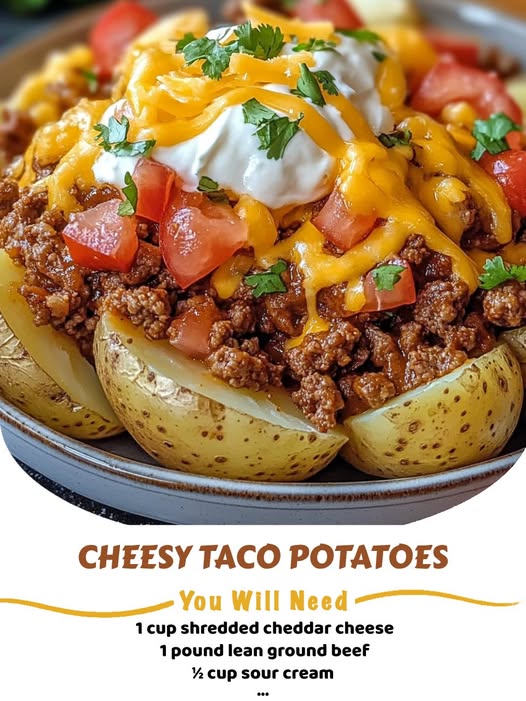
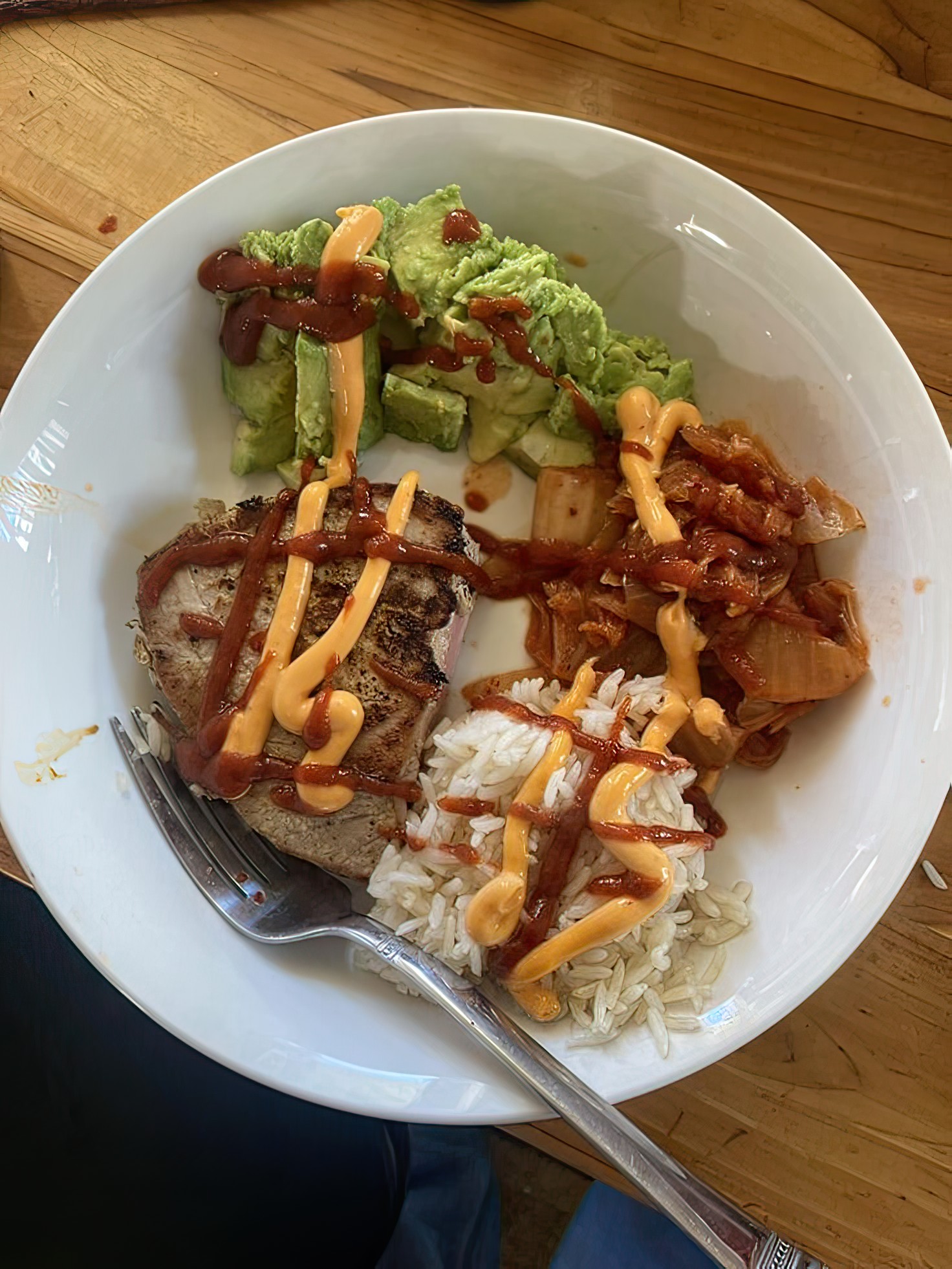
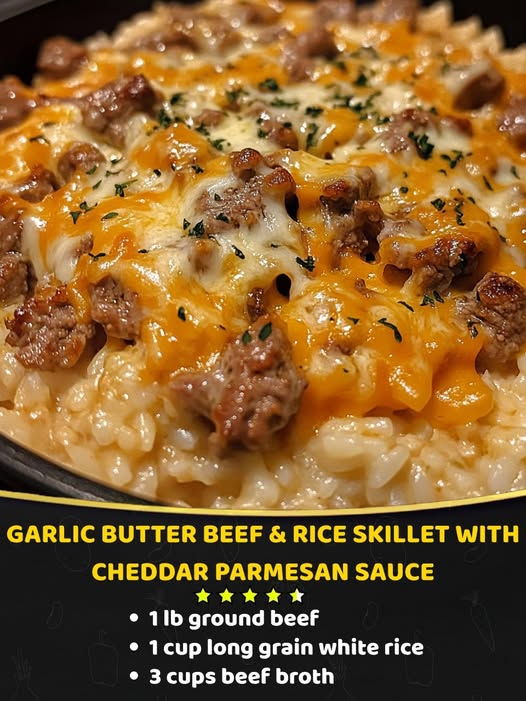



User Reviews
Ingredient and measures missing from recipe.